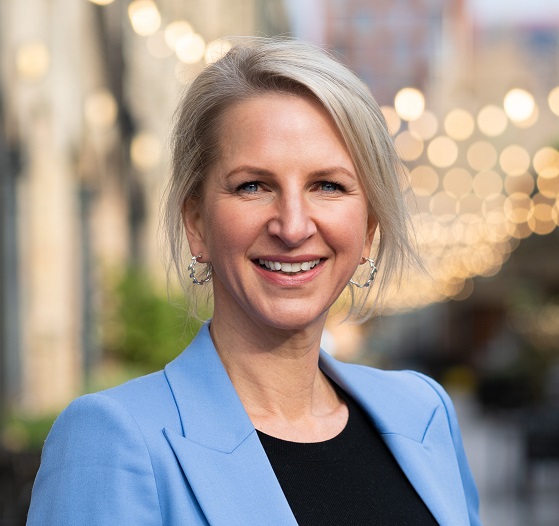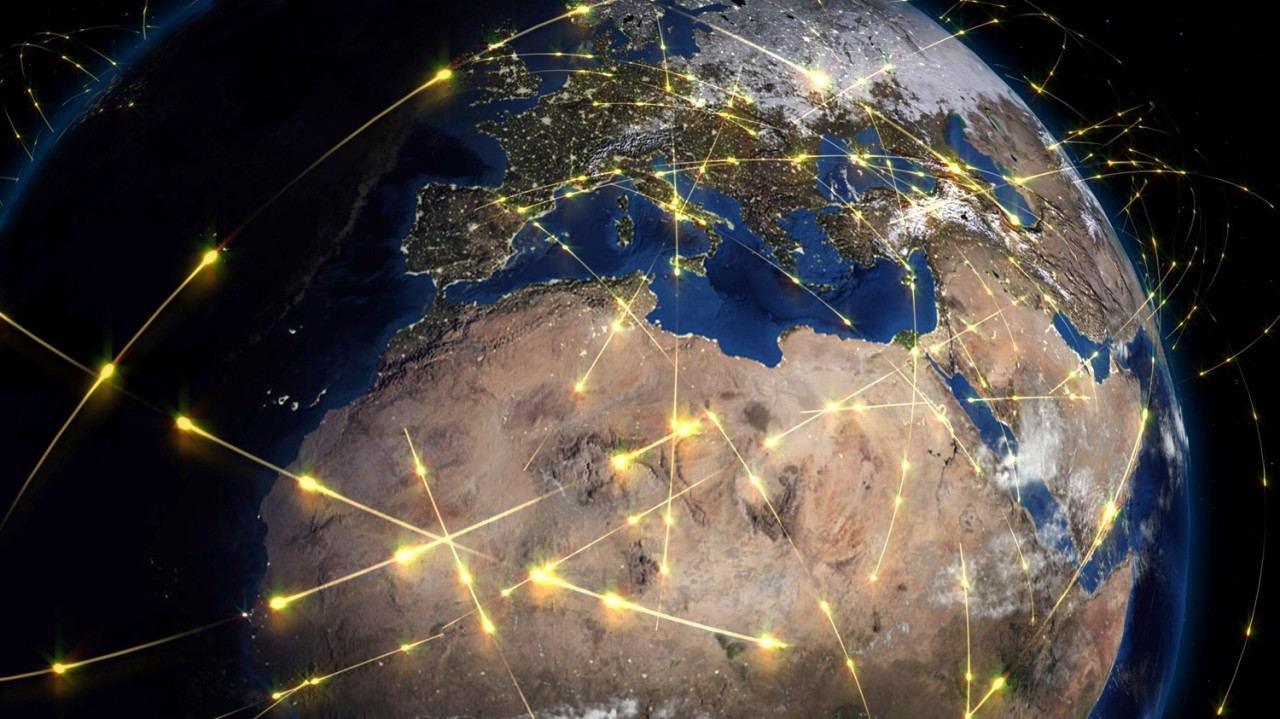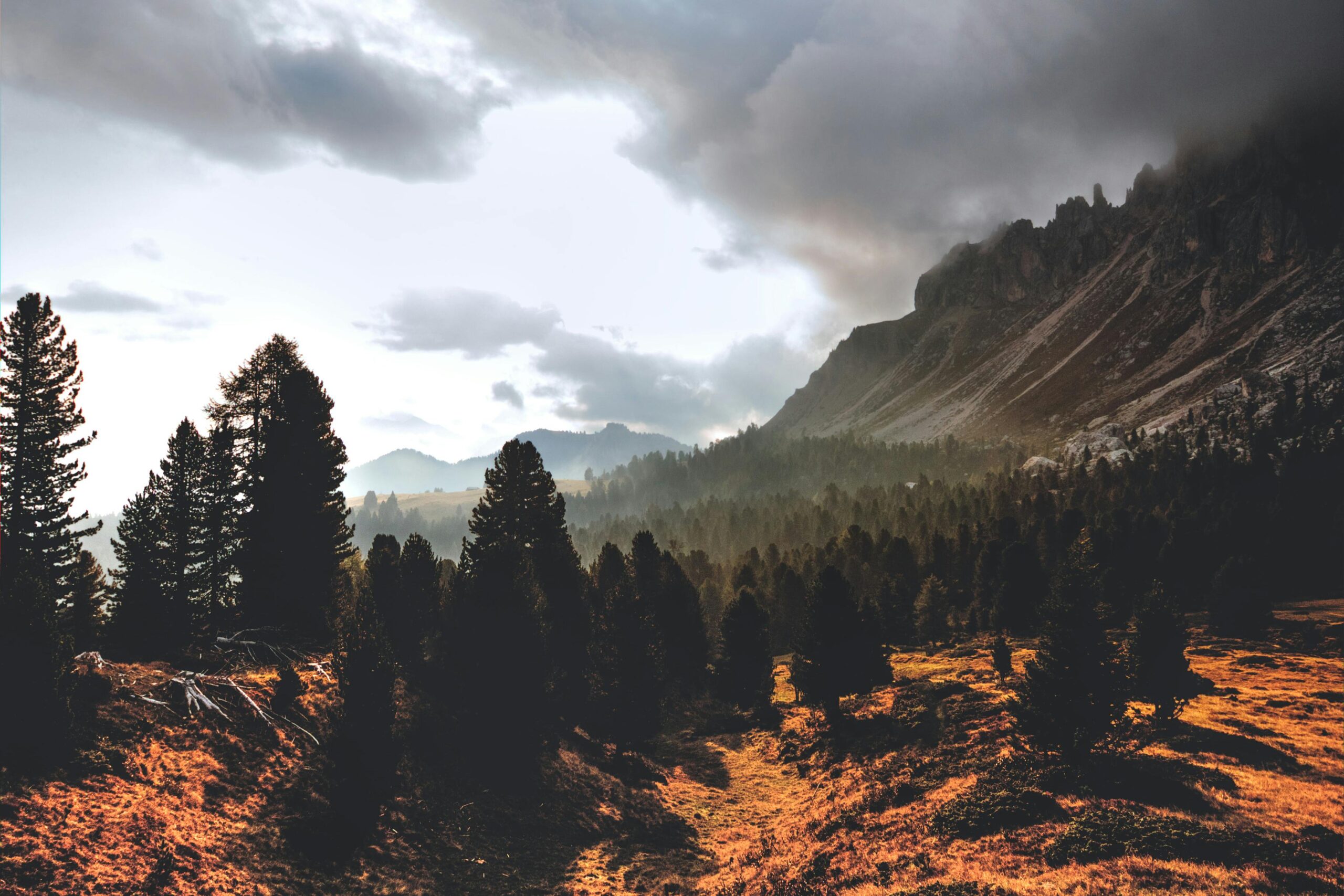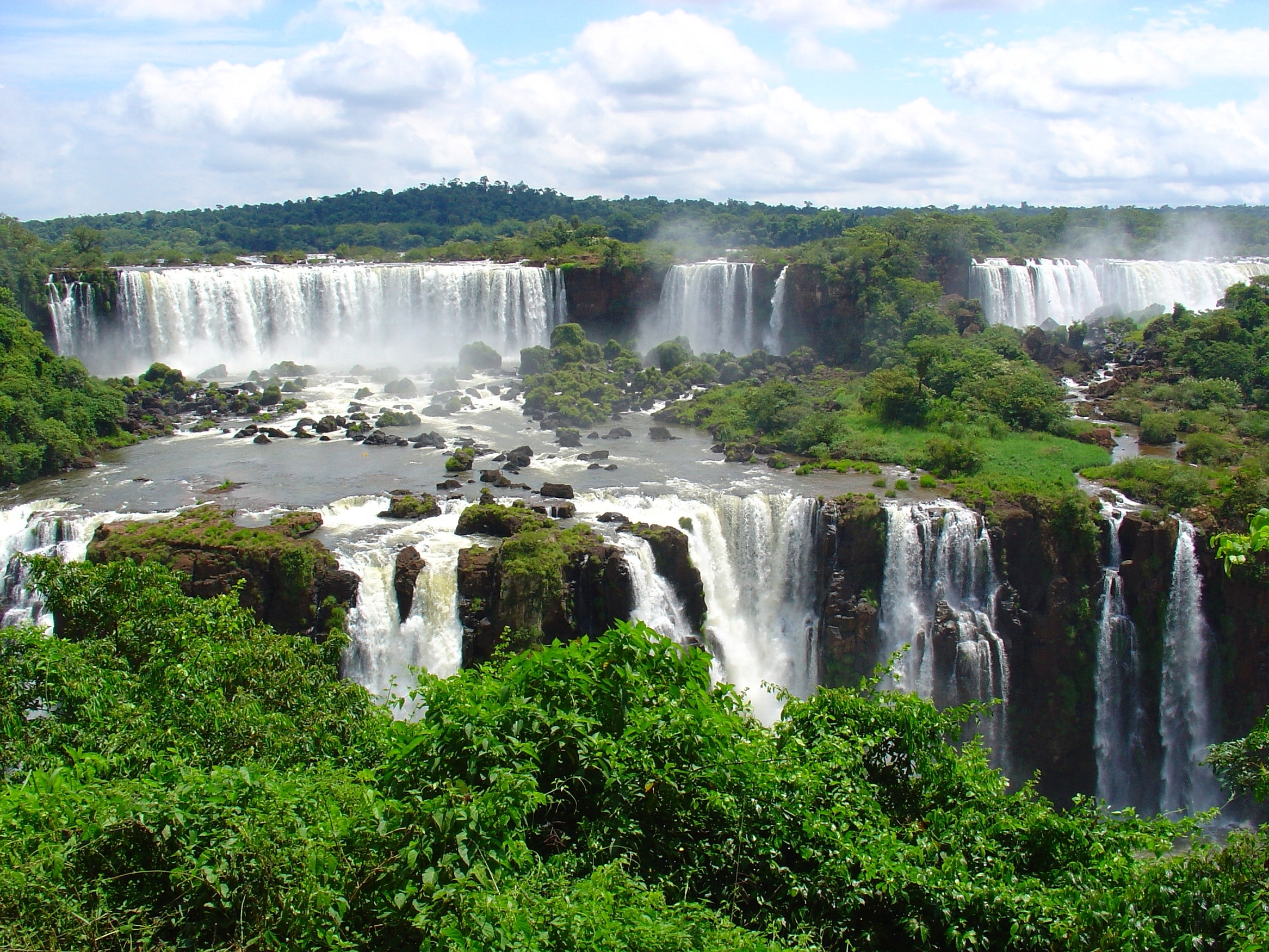The inner game of leadership: Why it’s key to unleashing action for a healthy, sustainable world

In May, I attended ChangeNOW, the world’s largest conference for the planet aimed at spotlighting 1,000 innovative solutions over three days. It was a hive of activity. A glimpse into a fast-growing ecosystem of initiatives with the aim to reach a healthy, sustainable world with speed, scale and justice.
I was asked to share my thoughts on what’s needed to turn these creative solutions — alongside myriad commitments, pathways, and partnerships that are announced every day — into collective action at scale.
I think we need an upgrade in our human software — in the way we lead, and how we collaborate.
For millennia, human beings have evolved at a slow and steady rate that’s served us well. We’ve become good at working with people who look like us and think like us; on local issues that we can see, touch, and experience.
But this pace of evolution is out of sync with the rapid change we’re now grappling with in the Anthropocene — the period in which human activity is the dominant force of change on Earth’s ecosystems.
To limit global warming to 1.5°C, we need an unprecedented level of collaboration across countries, citizens, corporations, industries, and civil society. This kind of radical collaboration is hard because it involves working across divides — borders, sectors and communities — with people who see and experience the world very differently from each other.
This ability to work effectively with difference is a leadership muscle that human beings need to evolve — and fast. So how can we speed up our own evolution?
At Leaders’ Quest, we’ve learned over the last 21 years that the fastest way to grow as adults is through experiential learning. Based on this philosophy, we take leaders on ‘Quests’ to immerse them in unfamiliar environments, and spend time engaging with inspiring changemakers driving impact across business and society.
We think of a Quest as a window to the world, and a mirror for oneself. Exposure to the forces shaping the future, coupled with time for deep reflection, opens the doorway to personal insight. It creates the chance to reflect on our ‘inner game of leadership’, as Bill Adams and Bob Anderson describe it.
Our ‘inner game’ is what we hold in our consciousness. In other words, it is our interior operating system — what drives us, how we define ourselves, what we believe. It’s what we use to make sense of the world. It informs how we act, and how we shape life around us.
“Great leadership transcends skill, capability, and competence. It includes integrity, honesty, passion, vision, risk-taking, compassion, courage, authenticity, collaboration, self-awareness, selflessness, endurance, humility, intuition, and wisdom. These are qualities of the inner game.” Bill Adams & Bob Anderson
However, in a fast-changing world, there are fierce demands on our ‘outer game’ — our knowledge, skills and technical expertise. It’s the dimension that we spend much of our lives honing in education, training and leadership development. It’s also the one that leaders in sustainability typically focus on as they come to grips with how to transform their companies, cities and communities.
Yet our inner game RUNS our outer game. What’s happening on the inside shapes how we experience the world, and the actions we choose to take. This means that innovative technical solutions won’t solve the climate crisis alone. We must put equal focus on how we lead and collaborate (our ‘inner game’), so we can turn powerful ideas into implementation at scale.
For me, this means evolving our inner game in two key ways:
Firstly, we need to shift our mindsets to a regenerative worldview that puts life at the centre of all decision-making. Becoming regenerative is about asking ourselves how we can leave things better than we found them. It means “reimagining a world where the human economy and the natural economy work in harmony with each other”, as Futures Practitioner Bill Sharpe says. In practical terms, it means leading from a mindset of ‘doing more good’ (instead of ‘doing less bad’) in our companies, cities and communities.
Secondly, we need to develop inner qualities to work more effectively across divides. Adam Kahane, in his book ‘Collaborating with the Enemy: How to Work with People You Don’t Agree With or Like or Trust’ says effective collaboration alternates between the polarities of engaging and asserting.
Through this lens, I see radical collaboration as a dance between building human connection and driving bold action. In practice, this means flexing our inner game across a spectrum of qualities that build empathy (respect, humility, generosity) and propel action (courage, purpose, resilience) to help people move forward together. It’s these ‘inner game’ qualities that we need to scale if we are going to step up to the challenges humanity is facing.
So, as I looked out across the ChangeNOW conference, I was asked what small (or big) action everyone should take. The 1% change that scales if we all do it.
My invitation is that we each build a bridge with someone who sees the world differently — perhaps even someone we don’t agree with, like or trust. Take the time to listen deeply, build empathy by sharing stories, and spend time seeing life through their eyes. Build a foundation of respect and connection — even if you don’t agree with everything you hear.
Climate action at scale requires wise leadership… and only by maturing our inner game can we build the radical collaboration skills to get us to a healthy, sustainable future for all.


